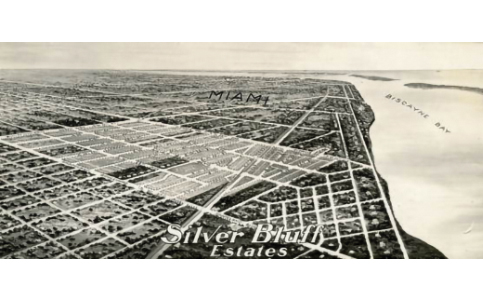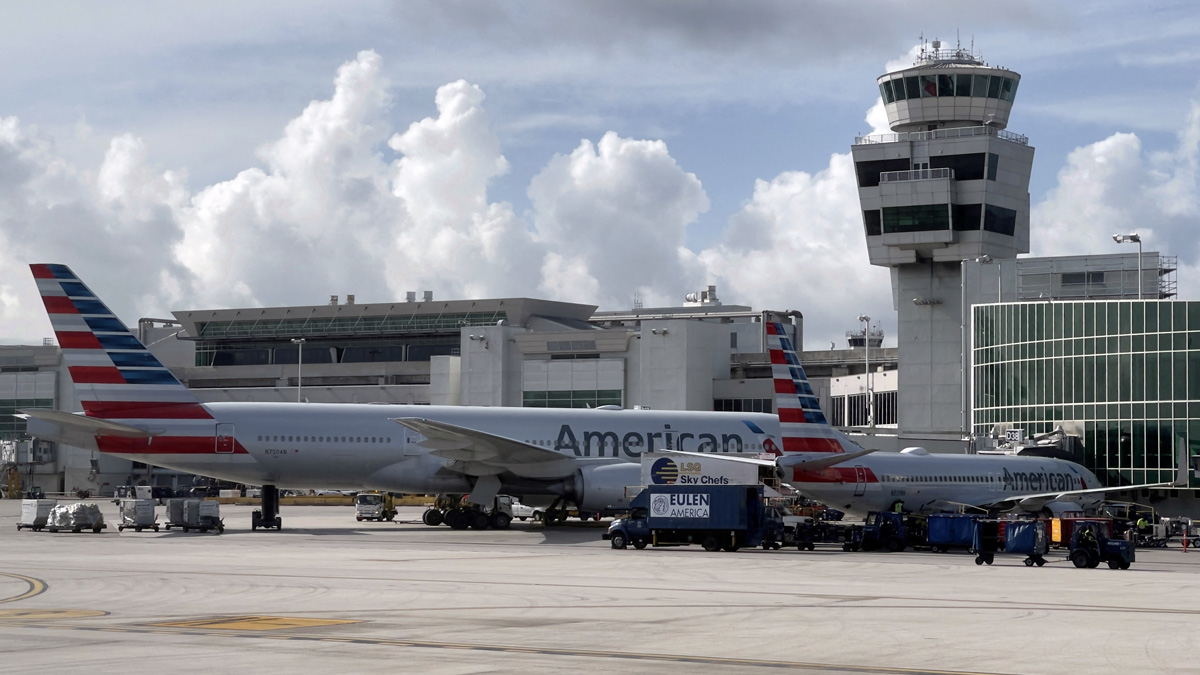Silver Bluff traffic restricted to preserve neighborhood
Advertisement

As new traffic signs crop up along Southwest 17th Avenue in Miami, residents of Silver Bluff will benefit from a reduced rush hour flow pouring in from US 1.
The city commission last month voted to request that Miami-Dade County authorize permanent signs to restrict traffic on some streets in the Silver Bluff neighborhood during morning and evening rush hours. No-left-turn signs are to rise at all intersections on Southwest 17th Avenue between US 1 and Coral Way to restrict westbound traffic through the residential neighborhood.
The signs will bar commuters from cutting through Silver Bluff during rush hours between 7 a.m. and 10 a.m. and between 4 p.m. and 8 p.m., Monday through Friday. The resolution directs the city attorney and manager to coordinate with the county to install the signs and enforce the new restrictions.
Additionally, the city’s resolution requests that the county also authorize no-entry signs to Southwest 24th Terrace off Southwest 17th Avenue. Signs will be posted on the west lot line of the commercial property on Southwest 17th Avenue, on the north and south sides of the terrace. This will further deter motorists from cutting through the residential streets while allowing entry into the commercial property.
About five no-left-turn signs are due on Southwest 17th Avenue running from Southwest 24th Terrace to Coral Way, or Southwest 22nd Street. The signs will aim to redirect cut-through rush hour traffic out of Silver Bluff, one of Miami’s oldest neighborhoods.
Silver Bluff is between Southwest 27th and 12th avenues, bordered by US 1 to the south and Coral Way to the north. The neighborhood encompasses just over a half square mile and consists primarily of single-family homes.
The Town of Silver Bluff was incorporated in 1921 and existed as a municipality for four years until the city annexed it in 1925. It was named for a ridge of gray limestone that ran for miles along Biscayne Bay and was eventually exposed after thousands of years of erosion from the water.
Housing developments west of US 1 grew rapidly during the expansive post-World War II period. Newly constructed single-family ranch-style homes mixed in with the old, quaint Mediterranean-style residences of the 1920s, filling in the streets of Miami’s modern subdivisions like Silver Bluff.
At its inception, Silver Bluff’s population was estimated at from a few hundred to 1,000 people. An estimated 7,000 people lived within its boundaries as of 2019, constituting a mere fraction of the city’s almost half a million residents.
As Miami’s population continues to soar, restricting commuter traffic through Silver Bluff may help preserve the neighborhood as a cozy enclave for families as it has been for nearly a century.


